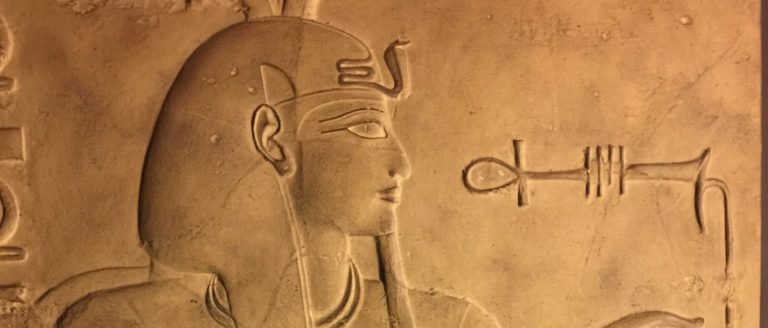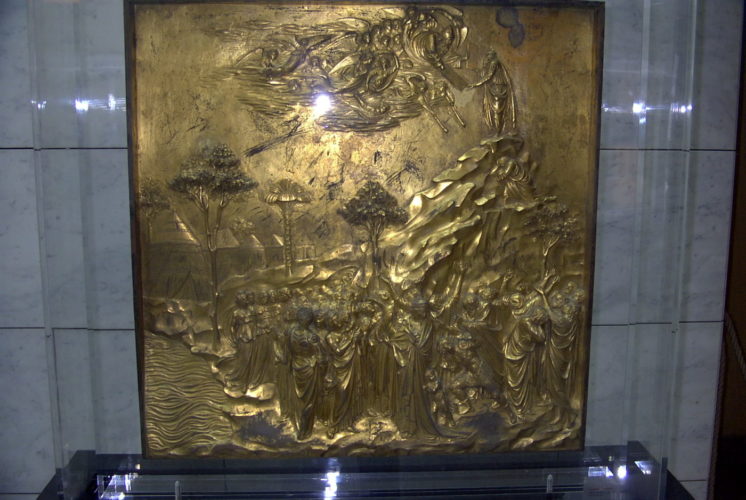One of the greatest archaeological achievements of all time was the deciphering of the inscrutable Egyptian hieroglyphs. Both the challenge and the story are fascinating and delightfully narrated in Edward Dolnick’s The Writing of the Gods: The Race to Decode the Rosetta Stone.
Egyptians used hieroglyphs for 3,500 hundred years to record and communicate everything from grandiose pharaonic
In 391 AD, Roman Emperor Theodosius the Great, a devout Christian ruling from Constantinople, ordered Egypt’s heretical temples to be destroyed. Hieroglyphs ceased to be used and the language became silent.
When it was Napoleon’s turn to conquer Egypt, the Frenchman showed up with scholars as well as soldiers. In 1799, they dug up the Rosetta Stone, an ancient temple proclamation that had been broken and used as foundation material in a Nile fortress east of Alexandria.
The famous stele had been engraved with three languages: hieroglyphs, Greek, and a third, even less comprehensible than the hieroglyphs. Scholars all over Europe tried and failed at making sense of the two mysterious languages. It took an aristocratic British dilletante, Thomas Young, and a dogged, small-town Frenchman, Jean-Francois Champollion, to pry open the centuries of darkness and to bring meaning to the unique symbols.
Dolnick does a superb job of telling the tale of discovery, with its dead-ends, rabbit holes, misconceptions, and rivalries. At the same time, he illustrates the challenges of attempting to make sense of a dead language presented more as art than as text.
If you are thinking of visiting Egypt, The Writing of the Gods: The Race to Decode the Rosetta Stone is a wonderful introduction to the hieroglyphs that will be a highlight of your trip.









